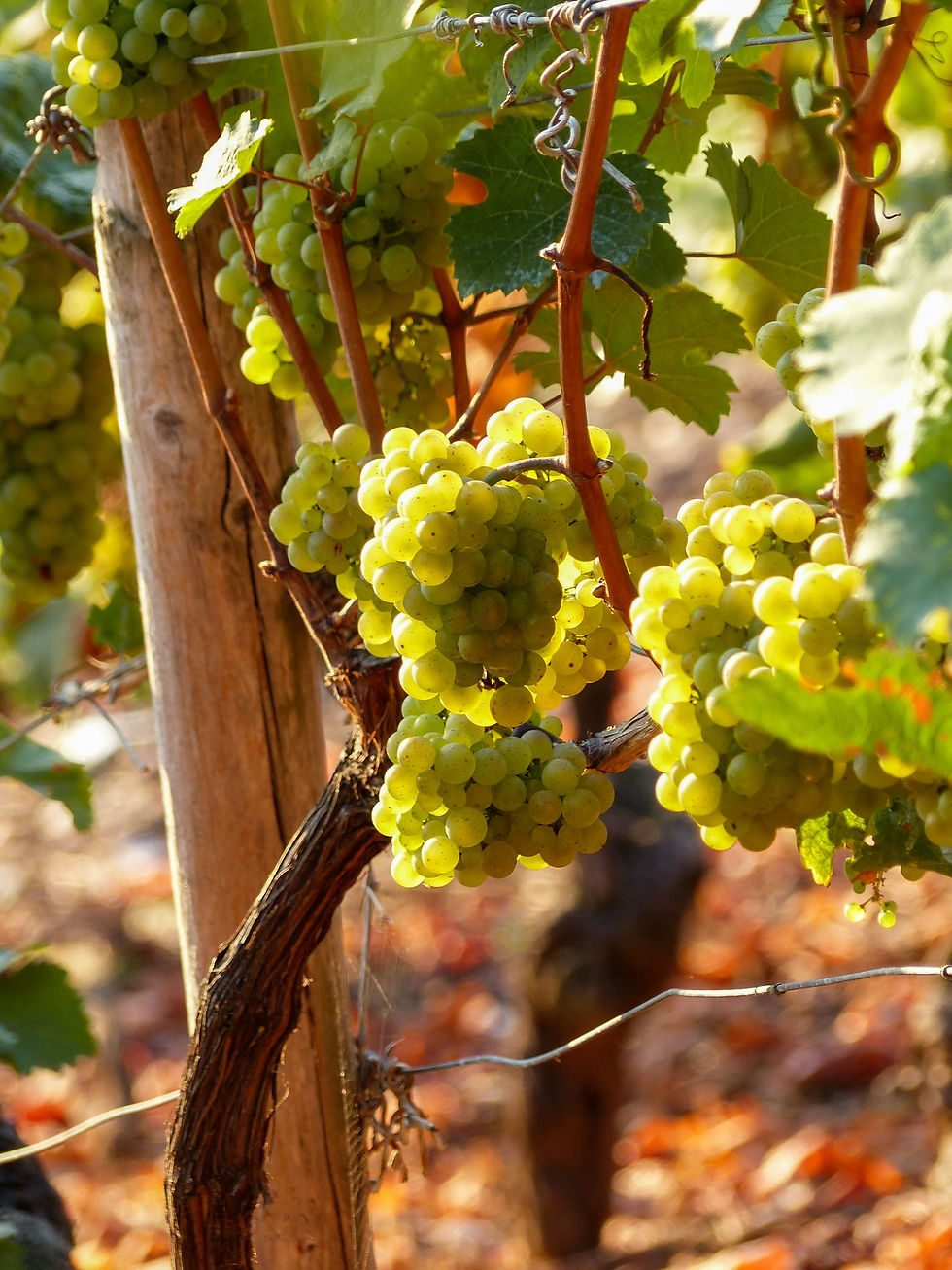How Aspect Ratio and Slope Affect the Vineyard and Grape Quality
- Wine Hobbyist
- Oct 22, 2023
- 3 min read
In the world of winemaking, where every grape carries the promise of a complex bouquet and a rich flavour profile, the importance of vineyard management cannot be overstated. Among the myriad factors influencing grape cultivation is the vineyard's aspect ratio and slope direction.
In this article, we discuss the three largest benefits to a vineyard based on aspect ratio and slope direction alone.

What do we mean when we say aspect ratio or slope direction of a vineyard?

Slope refers to the steepness or incline of a vineyard, and the aspect ratio refers to the direction of the slope. The two can add beneficial intricacies to a vine and the resulting wine. This is not to say transformative wines do not sprout from vines grown on flat lands, but there is much to be said about the impact of elevation. For example, slope and aspect affect the moisture and temperature of the soil, crucial elements in vineyard management, especially in regions where irrigation is forbidden. This, combined with the reasons stated below, is why slope and aspect are to be remembered when thinking about a region, a vineyard, or what's in your glass.
Why Aspect Ratio Matters
Maximizing Sunlight Exposure:
The aspect ratio of a vineyard refers to the relationship between its width and length. This seemingly technical detail is pivotal in optimizing sunlight exposure for grapevines. A well-thought-out aspect ratio ensures that each vine receives an ideal amount of sunlight throughout the day, promoting even ripening and enhancing the grape's sugar content.
To understand how aspect ratio and sunlight correlate, look at the vineyards found on German slopes facing the Rhine River. Here, the sun's reflection off the Rhine forms a light reflection that warms the vines during the day. This additional form of light and warmth is the vital catalyst for photosynthesis for vines at these vineyard sites; it is essential for their growth. To put it bluntly, sunlight aids in ripening and adding sugar to grapes, ensuring the right balance between acidity and sugar is achieved in cool climates such as Germany.

Microclimate Management:
Vineyards are intricate ecosystems where microclimates can vary significantly. The right aspect ratio helps manage these microclimates effectively. By adjusting the orientation of rows in alignment with prevailing winds and sunlight angles (see diagram above), vintners can create a balanced environment for grapevines. This meticulous approach minimizes the risk of disease, fosters better air circulation, and promotes consistent grape development.
Today, we're seeing many vineyard managers challenge the notion that vineyards should be planted in a north to south direction, as has been the traditional way of thinking. However, due to climate change, many factors are being reconsidered, including vine angle.
Water Management Efficiency:
Water is a precious resource in viticulture, and an appropriate aspect ratio aids in efficient water management. Rows that are well-aligned allow for uniform irrigation, preventing water wastage and ensuring that each vine receives its required share. This not only contributes to sustainable farming practices but also helps in controlling vine stress and maintaining overall vine health.
To Sum It Up
The aspect ratio of a vineyard is a silent orchestrator, influencing the symphony of factors that contribute to grape quality and, consequently, wine excellence. Vintners who recognize and optimize this aspect harness a powerful tool in their pursuit of producing wines that capture the very essence of the terroir.
So, the next time you raise a glass of fine wine, remember that its journey began with the carefully considering the vineyard.



Comments